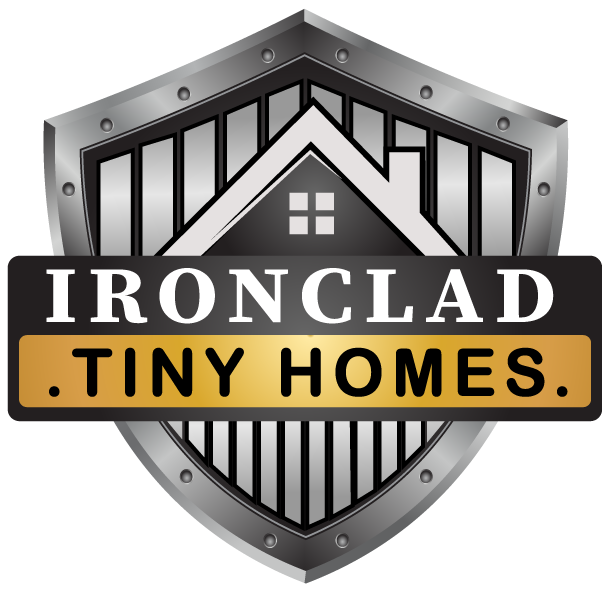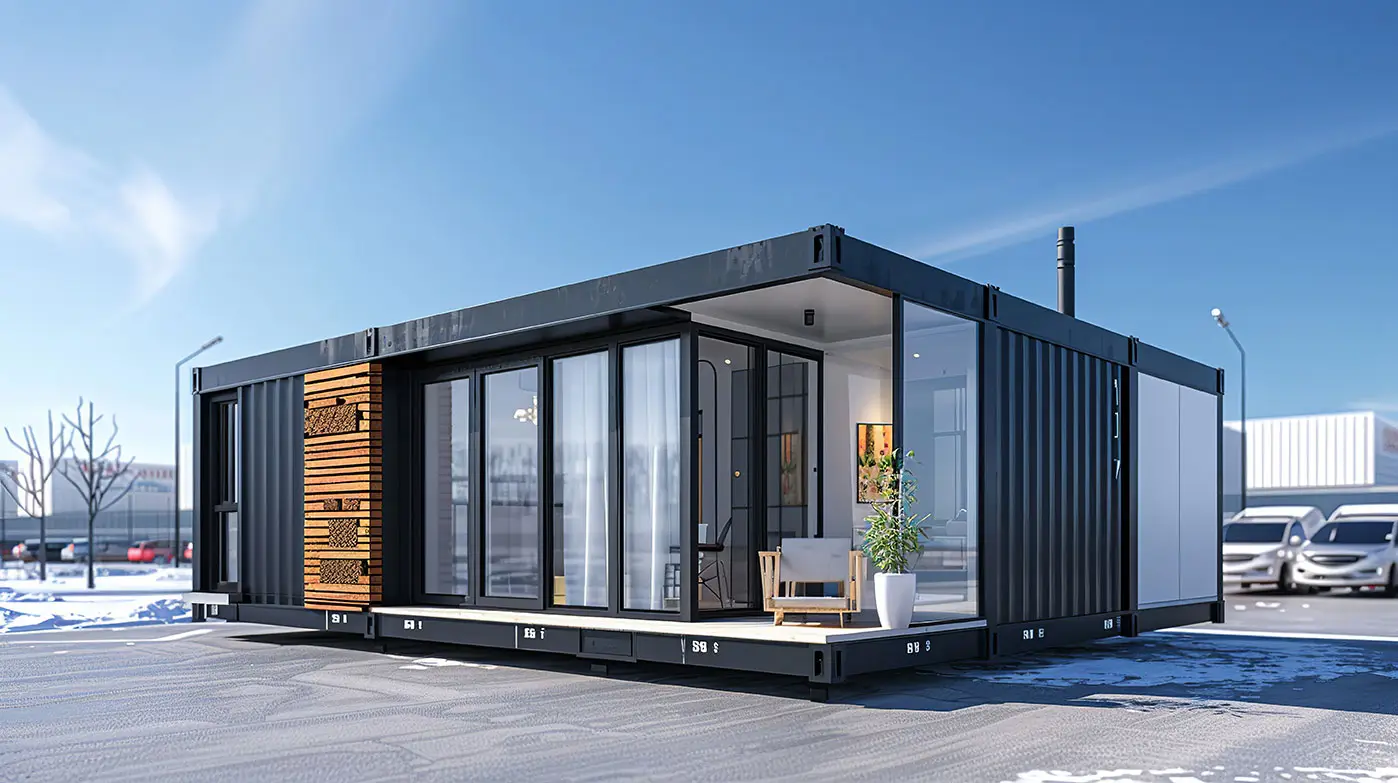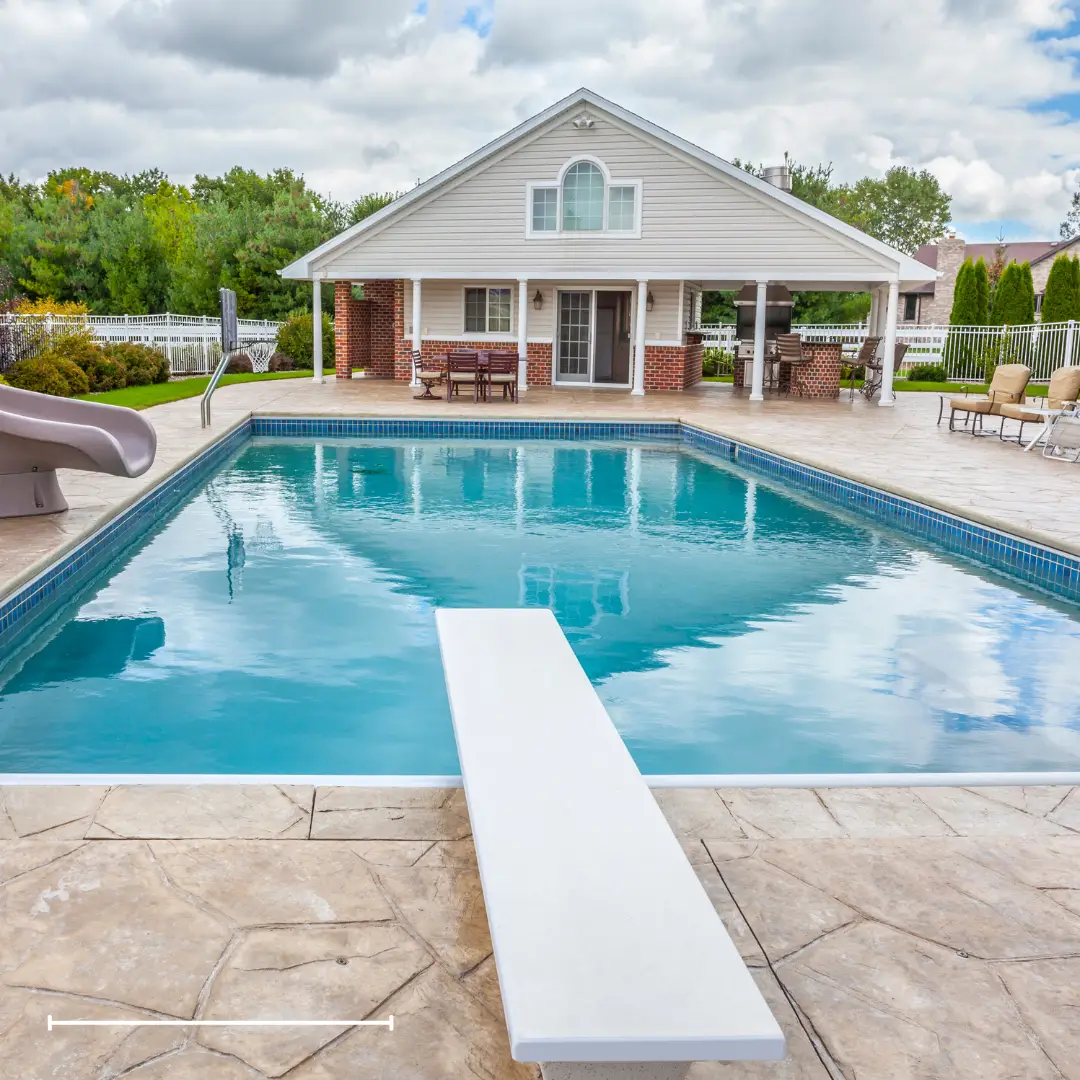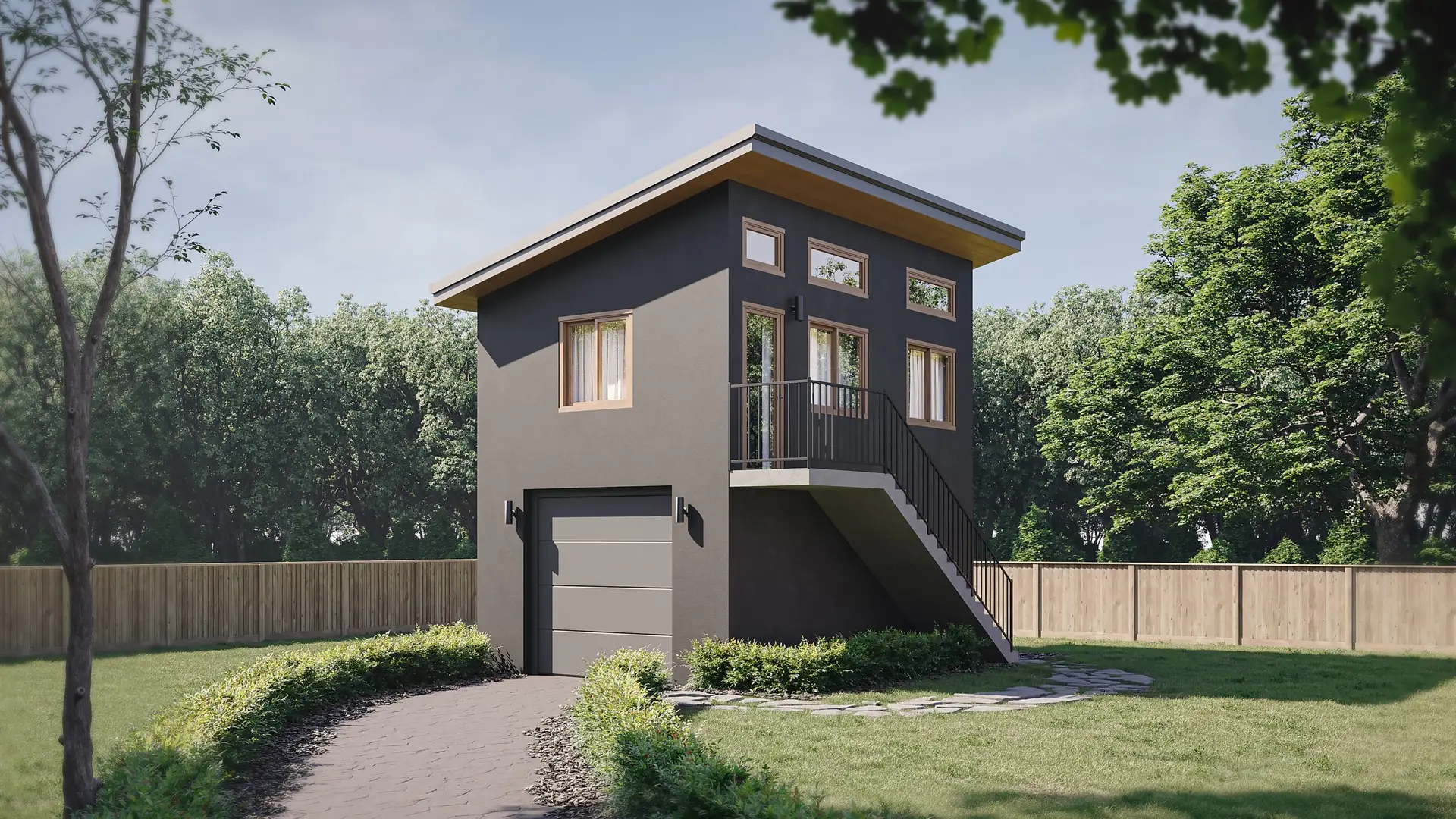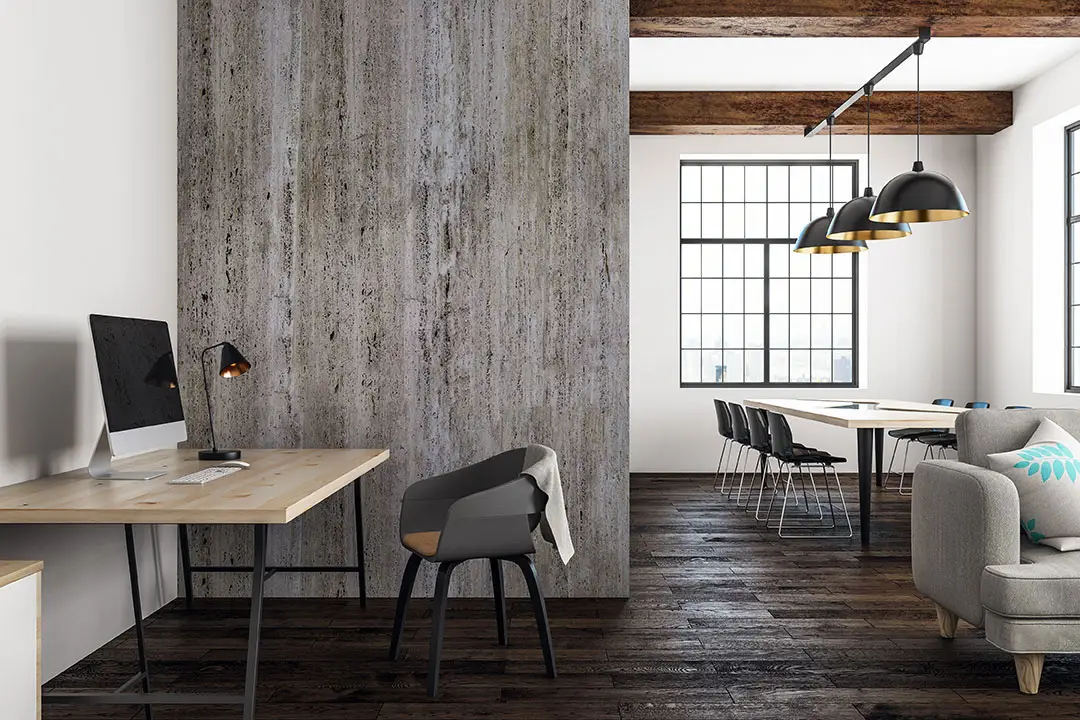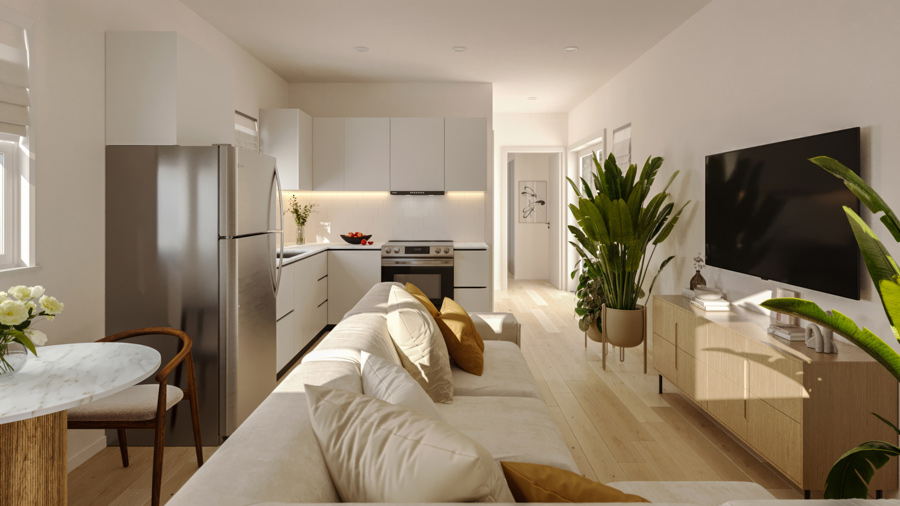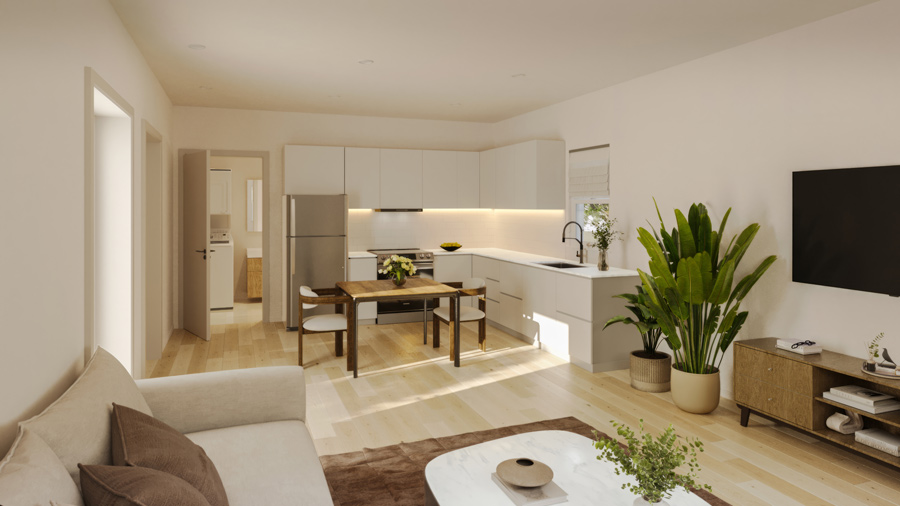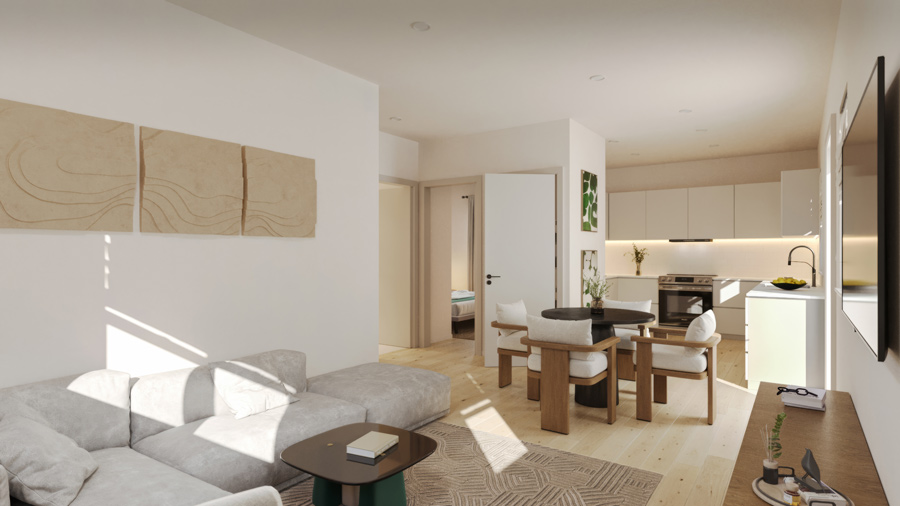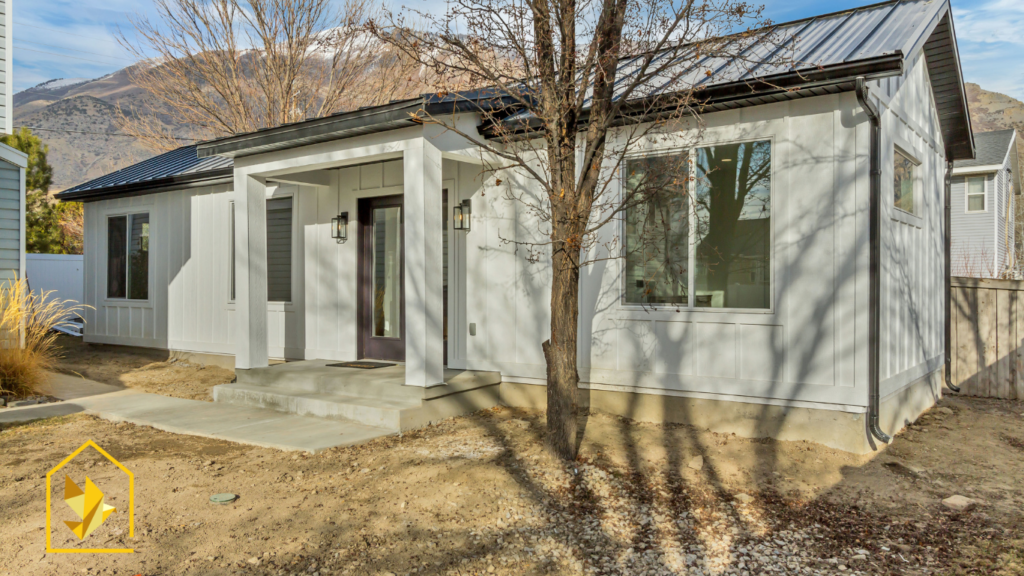Ironclad Tiny Homes creating big life improvements
Every Accessory Dwelling Unit (ADU) we build is crafted with a commitment to quality and value.
why build an adu?
An ADU from Ironclad Tiny Homes is more than just an addition, it’s a versatile solution that enhances your property however you see fit.

For Mom and Dad
Support aging parents affordably and comfortably.
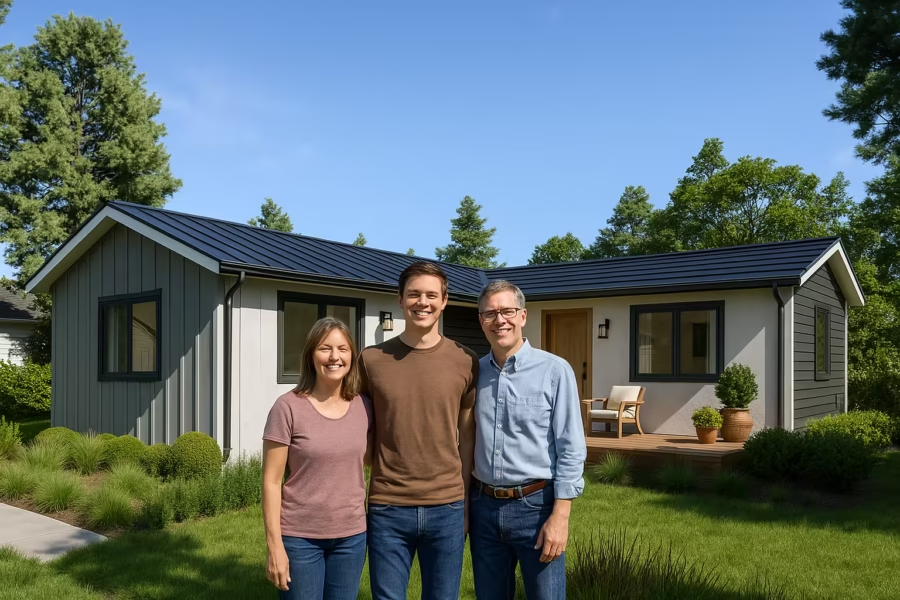
For Your Kids
Give adult kids a real housing option.

Cash Flow
Generate passive income with long-term value.
why Ironclad Tiny Homes?
we build like it's our own
Complete Project Management
From initial design through final build, we handle the entire process, so you stay stress-free and in the loop at every stage.
Built to Last
With every project, we bring uncompromising quality, using materials and methods that ensure your ADU stands strong over time.
Fair, Transparent Pricing
With upfront pricing from day one, you know exactly what you’re investing in—no surprises, no hidden costs.
Customized For You
Our ADUs are tailored to your needs, whether it’s a family space, rental income, or extra room for guests—your goals drive our design.
Our Services


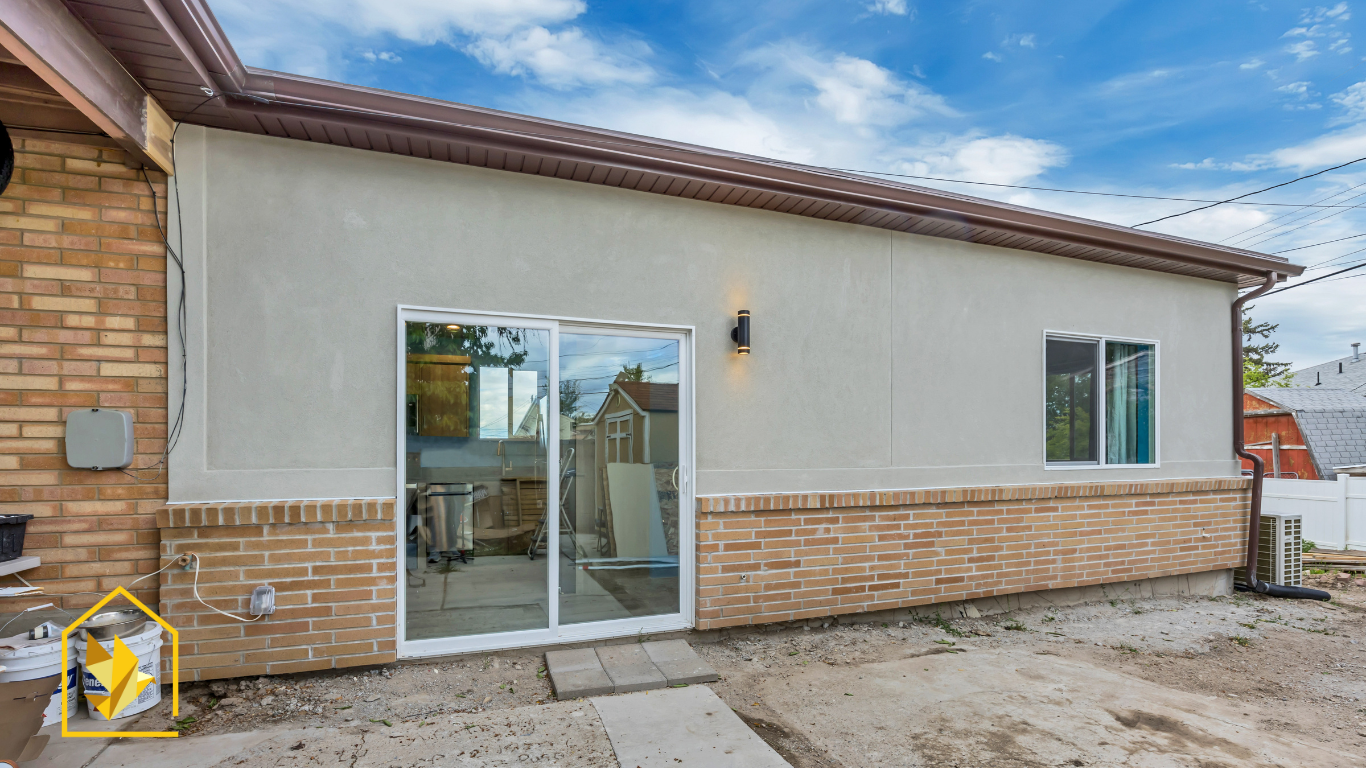

- Detached ADU

- Garage Conversions

- Attached ADUs
we help you get funded
Financing shouldn’t make you break a sweat. Thats why we have multiple partnered lenders who can help you get approved for financing.

Cash-Out Refinance
Swap our your mortgage for a new one with a little extra cash on top.

HELOC
Pull from your home equity when you need it, with a flexible line of credit.

Construction Loans
Short-term financing that funds each phase of your build, turning into a mortgage once it's done.
Want to learn more about getting your new Tiny Home financed?
hear from our customers
Our goal is to treat every client like family. It’s about more than just delivering on the perfect build. It’s about delivering on the perfect experience.
Emily R., San Diego
We are very pleased with the construction of our home and with the experience! First off, the construction of our model home is marvelous. Custom cabinetry, rain shower, all hip and modern farmhouse. They NAILED IT! Very high quality. Furthermore, when we had some questions or little issues with the plumbing or electrical, they were very responsive and made certain we were taken care of. They guarantee their work. Great construction, great people!

Emily R., San Diego
We are very pleased with the construction of our home and with the experience! First off, the construction of our model home is marvelous. Custom cabinetry, rain shower, all hip and modern farmhouse. They NAILED IT! Very high quality. Furthermore, when we had some questions or little issues with the plumbing or electrical, they were very responsive and made certain we were taken care of. They guarantee their work. Great construction, great people!

Emily R., San Diego
We are very pleased with the construction of our home and with the experience! First off, the construction of our model home is marvelous. Custom cabinetry, rain shower, all hip and modern farmhouse. They NAILED IT! Very high quality. Furthermore, when we had some questions or little issues with the plumbing or electrical, they were very responsive and made certain we were taken care of. They guarantee their work. Great construction, great people!

Emily R., San Diego
We are very pleased with the construction of our home and with the experience! First off, the construction of our model home is marvelous. Custom cabinetry, rain shower, all hip and modern farmhouse. They NAILED IT! Very high quality. Furthermore, when we had some questions or little issues with the plumbing or electrical, they were very responsive and made certain we were taken care of. They guarantee their work. Great construction, great people!

Emily R., San Diego
We are very pleased with the construction of our home and with the experience! First off, the construction of our model home is marvelous. Custom cabinetry, rain shower, all hip and modern farmhouse. They NAILED IT! Very high quality. Furthermore, when we had some questions or little issues with the plumbing or electrical, they were very responsive and made certain we were taken care of. They guarantee their work. Great construction, great people!

Choose Your ADU In
Four Easy Steps
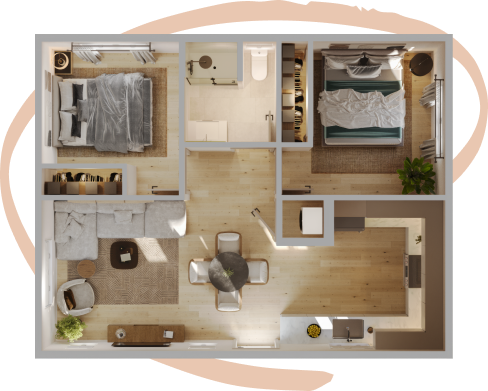
Choose a Floor plan
We have well thought out models by to suit almost any backyard ADU.
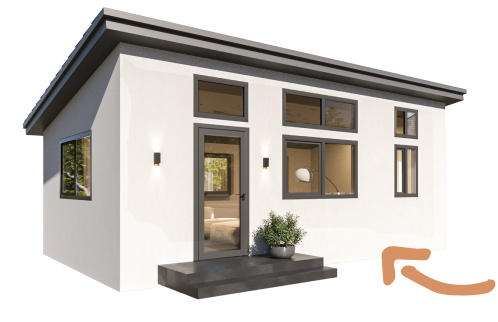
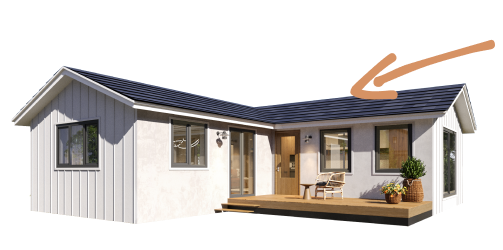
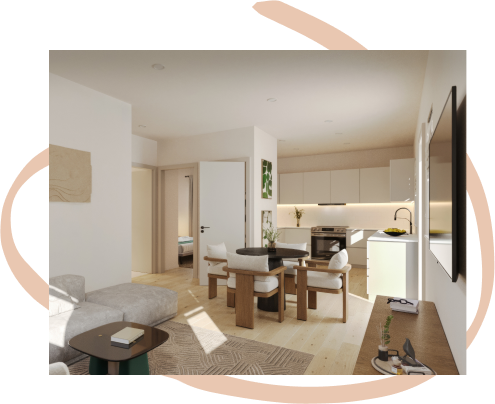
Frequently Asked
Questions
What are the benefits of living in a tiny home?
Living in a tiny home offers numerous benefits, including lower costs, reduced environmental impact, and simplified living. Tiny homes are more affordable to buy and maintain, often have lower utility bills, and allow for a minimalist lifestyle with less clutter. Additionally, they are eco-friendly, requiring fewer resources to build and operate.
How do I finance a tiny home?
At Ironclad Tiny Homes, we have several ways for you to finance the build of your Tiny Home. Please reach out to us via the number at the top of the website, and we will walk you through the option that is best for you.
Can I customize the design of my tiny home?
We have several models to choose from, ranging from a simple studio all the way up to 2 and 3 bedroom units that are sure to delight your family and can be used for a variety of purposes and occasions
How do I get utilities (water, electricity, etc.) for my tiny home?
Getting utilities for a tiny home depends on several factors, including whether your tiny home is on wheels (like an RV) or on a foundation, and local regulations. Here’s a general overview of how you can set up utilities for your tiny home:
- Electricity:
- Grid connection: If possible, connect to the local power grid. This usually requires working with the local utility company and may need professional installation.
- Solar power: Many tiny homes use solar panels with battery storage. This is especially useful for off-grid living or as a supplement to grid power.
- Generator: As a backup or primary source in remote locations.
- Water:
- Municipal water: If available, connect to the local water supply. This typically requires permits and professional installation.
- Well water: For rural areas, drilling a well might be an option.
- Rainwater collection: Some tiny home owners use rainwater catchment systems, but check local regulations as this isn’t always permitted.
- Sewage:
- Septic system: For permanent tiny homes, a small septic system might be required.
- Composting toilet: A popular off-grid solution, but check if it’s allowed in your area.
- Municipal sewer: If available, you can connect to the local sewer system.
- Internet/Phone:
- Wired connection: Similar to traditional homes if you’re in a serviced area.
- Cellular data: Many tiny home dwellers use cellular hotspots or boosters.
- Satellite internet: An option for remote locations.
- Heating/Cooling:
- Electric: Mini-split systems are popular for their efficiency.
- Propane: Often used for heating and cooking in off-grid setups.
- Wood stove: For heating in suitable climates and if local regulations allow.
Key considerations:
- Local regulations: Check with your local planning department about requirements for utility hookups.
- Professional help: For safety and code compliance, consider hiring professionals for installations, especially for electrical and plumbing work.
- Permits: You’ll likely need permits for utility connections, especially for permanent structures.
- Location: Your options may vary greatly depending on whether you’re in an urban, suburban, or rural area.
- Cost: Factor in both initial setup costs and ongoing utility expenses in your budget.
- Efficiency: Due to size constraints, focus on energy-efficient appliances and systems to minimize utility usage and costs.
areas we
build in
Houston
Austin
San Antonio
Dallas
areas we
build in
Houston
Austin
San Antonio
Dallas
Broomfield
Castle Rock
Centennial
Commerce City
Denver
Fort Collins
Golden
Highlands Ranch
Lafayette
Lakewood
Lone Tree
Longmont
Louisville
Loveland
Westminster
Wheat Ridge

GET OUR FLOOR
PLAN LOOKBOOK
Find out which model will fit your life and goals best. Access the free plans now.

